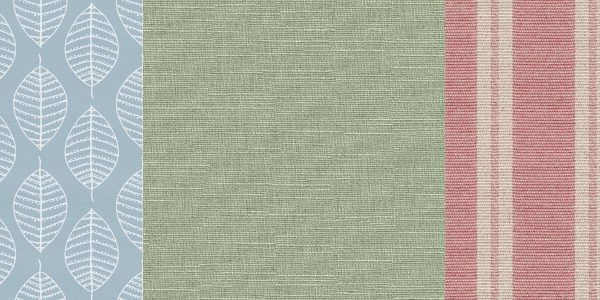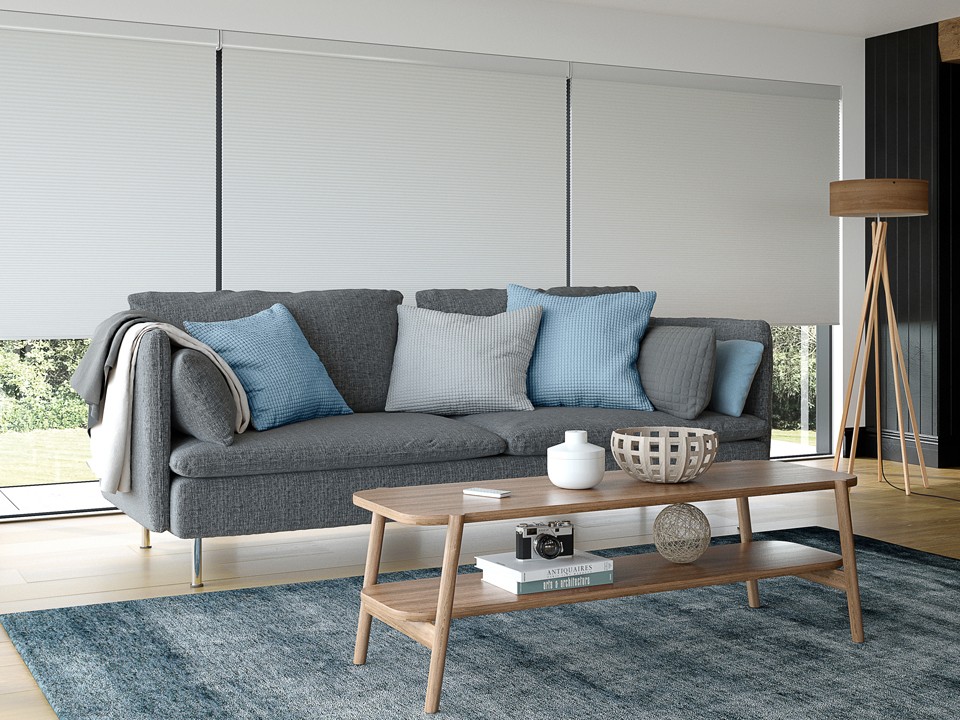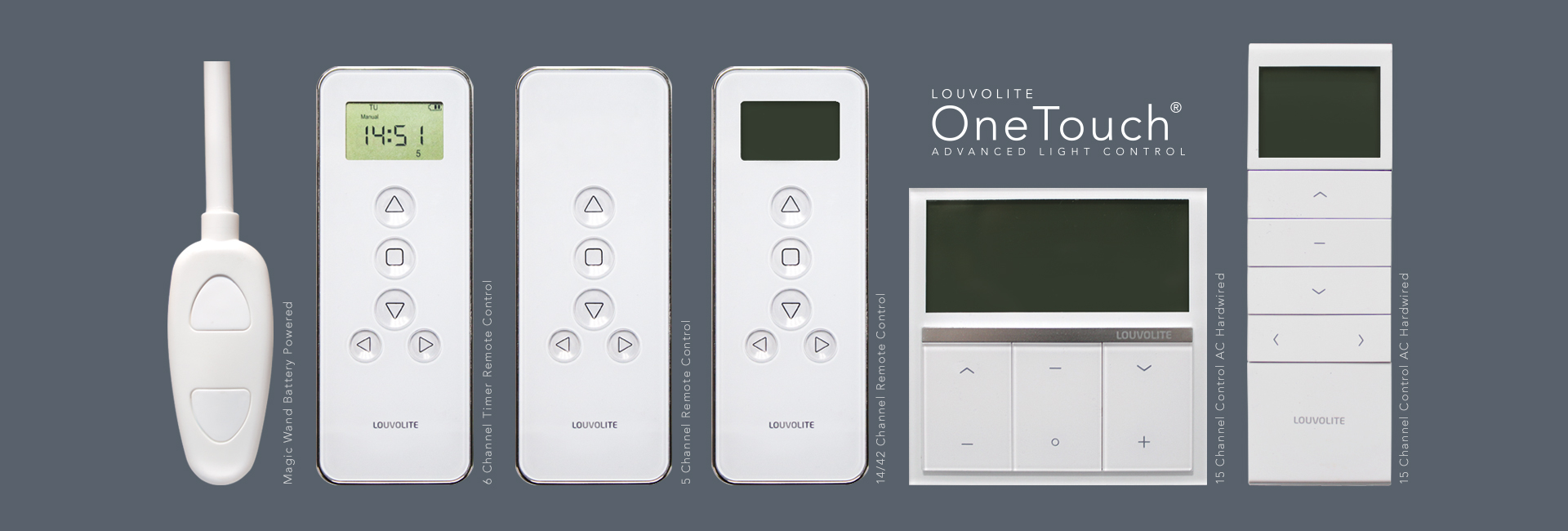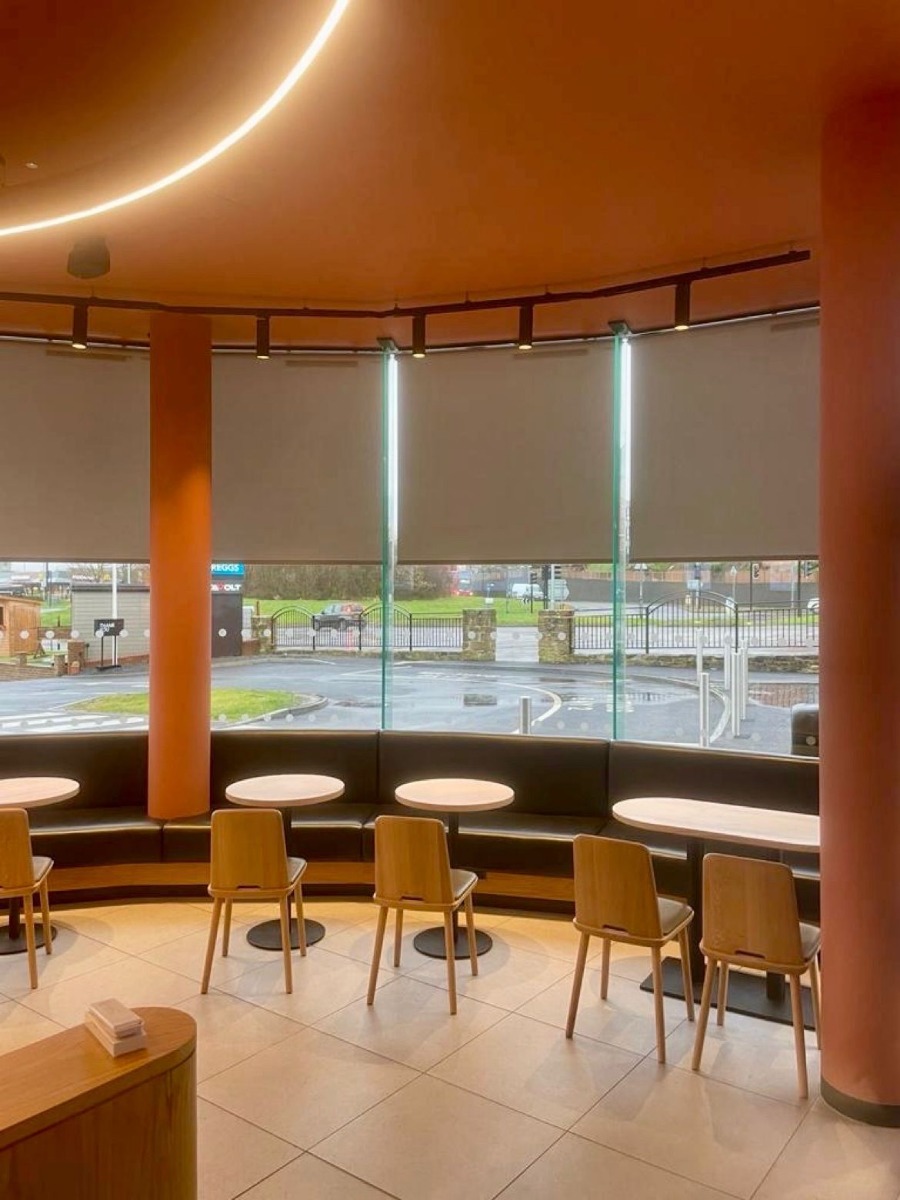The Elegance and Practicality of Panel Blinds
When it comes to window treatments, the choices are endless. From traditional curtains to sleek blinds, each option offers a unique blend of functionality and aesthetics. When it comes to modern interior design, panel blinds have risen to prominence as a versatile and stylish solution.
Are Panel Blinds Any Good? Panel blinds have gained a reputation for their exceptional utility and contemporary charm. These innovative window coverings are more than just visually appealing; they offer a range of practical advantages that make them a worthwhile investment for any living space.
What is a Panel Blind? A panel blind, also known as a sliding panel or panel track blind, is a type of window treatment designed to cover large windows, sliding doors, and even room dividers. Unlike traditional blinds that consist of individual slats, panel blinds are composed of wide fabric panels that smoothly glide on a track system. This unique design not only adds a touch of modern elegance to any room but also allows for effortless control of light and privacy.
Benefits of Panel Blinds:
- Versatility: Panel blinds are incredibly versatile, making them suitable for various spaces, including living rooms, bedrooms, offices, and patio doors. They are equally functional as room dividers, creating a sense of separation within open-concept spaces.
- Light Control: With individual panels that can be adjusted independently, panel blinds provide precise control over the amount of light entering a room. This allows you to create the desired ambience, whether it’s soft and diffused or bright and vibrant.
- Privacy: One of the standout features of panel blinds is their ability to offer superior privacy. The wide panels effectively block the view from outside, ensuring that your personal space remains private and secluded.
- Aesthetic Appeal: Panel blinds boast a modern and sleek appearance that complements contemporary interior design. They come in a wide array of fabrics, colours, and patterns, enabling you to find the perfect match for your décor.
- Easy Maintenance: Cleaning panel blinds is a breeze. Most designs use fabrics that are easy to wipe clean or can be removed and washed, ensuring that your window treatments stay fresh and appealing.
Best Blinds to Stop People Looking In: If you’re seeking window blinds that provide a high level of privacy and prevent prying eyes from peering into your space, panel blinds are an excellent choice. Their wide panels and customisable configurations allow you to effectively block views and maintain your comfort.
If you’re interested in exploring the world of panel blinds further, we offer an impressive selection of high-quality panel blinds. Discover a range of styles, fabrics, and colours that suit your taste and enhance the aesthetics of your living space. To explore the collection, visit Our Panel Blinds Page.
Panel blinds combine practicality and elegance in a unique and modern window treatment solution. Their versatility, light control, privacy features, and aesthetic appeal make them a favourable choice for contemporary interiors. Whether aiming to transform a room’s ambience or seeking a way to prevent unwanted attention, panel blinds offer a versatile and stylish solution that caters to your needs.
















